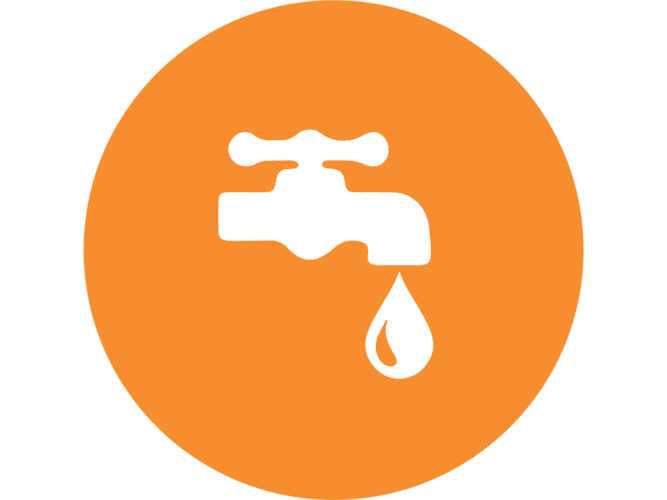Support
- Home
- Support
| Pressure Tanks | Bar | PSI |
|---|---|---|
| Challenger | 10 | 150 |
| PressureWave | 10 | 150 |
| C2Lite-CAD | 8.6 | 125 |
| Max | 16 | 230 |
| UltraMax | 25 | 360 |
| SuperFlow | 10 / 16 / 25 | 150/ 230 / 360 |
| FlowThru | 8.6 | 125 |
| All-Weather | 10 | 150 |
| M-Inox | 6 | 87 |
| HydroGuard | 7 | 100 |
| Heating Tanks | Bar | PSI |
|---|---|---|
| HeatWave | 6 | 87 |
| SolarWave | 10 | 150 |
| ThermoWave | 10 | 150 |
| Pressure Tanks | °C | °F |
|---|---|---|
| PressureWave | 90 | 194 |
| Challenger | 90 | 194 |
| C2Lite-CAD | 49 | 120 |
| Max | 90 | 194 |
| UltraMax | 90 | 194 |
| SuperFlow | 90 | 194 |
| FlowThru Steel | 90 | 194 |
| FlowThru Composite | 49 | 120 |
| All-Weather | 90 | 194 |
| M-Inox | 90 | 194 |
| HydroGuard | 90 | 194 |
| Heating Tanks | °C | °F |
|---|---|---|
| HeatWave | 99 | 210 |
| SolarWave | 130 | 266 |
| ThermoWave | 90 | 194 |
We recommend not using over a 50/50 mix. of propylene glycol. Ethylene glycol shall not be used. Under no circumstances can the product contain a petroleum base.
No. The material in our diaphragm will not tolerate petroleum-based products.
Tanks larger than 100 liters are not recommended for installation on their side since it may cause diaphragm damage and failure.
GWS warranty varies by market- please contact your local distributor for warranty applicable in your area.
No, unfortunately there are number of factors that can contribute to a failed tank and the only factor that GWS can insure is the tank.
Flush the new tank by allowing water to flow through three or four pump cycles. If the taste continues, you should probably have the source water tested.
Of course. GWS tanks are designed in the knowledge that chlorine is often used to periodically treat a well.
A cycle refers to the pump run time. A cycle starts when the pump starts and a cycle is completed when the pump stops. Pump starts and stops are determined by the pressure settings of the system. Below, we demonstrate a tank’s drawdown feature that assumes a water system with a 30/50-psi pressure setting. This means that the pump will start (“cut-in”) whenever the pressure inside a tank is reduced to 30 psi and will stop (“cut-out”) when the pressure reaches 50 psi. Common pressure settings are 20/40, 30/50 and 40/60.
The pressure switch communicates with the tank and the pump. The pressure switch monitors the pressure inside the tank and activates and de-activates the pump when cut-in and cut-out pressures are reached inside the tank.
Drawdown refers to the amount of water that evacuates the tank before the pressure switch will activate the pump. Drawdown is a affected by the pump, the size of the tank and the pressure settings that govern your water system.
Pre-charge pressure refers to the amount of gas (air is used in GWS tanks) in bar/psi that is pumped into a tank prior to installation – usually at the factory. The pre-charge is the “spring” that helps to create water pressure. As the diaphragm fills with water, it compresses the pre-charge. In a 30/50 system, the pump will continue to propel water into the tank until the pressure in the tank reaches 50 psi.
| Pressure Tanks | Bar | PSI |
|---|---|---|
| PressureWave | 1.9 | 28 |
| Challenger | 1.4 | 20 |
| C2Lite-CAD | 1.4 | 20 |
| Max | 4 | 58 |
| UltraMax | 4 | 58 |
| SuperFlow | 4 | 58 |
| FlowThru | 1.4 | 20 |
| All-Weather | 1.9 | 28 |
| M-Inox | 1.9 | 28 |
| HydroGuard | 1 & 4 | 15 & 58 |
| Heating Tanks | Bar | PSI |
|---|---|---|
| HeatWave (2 – 24 liter) | 0.7 | 10 |
| HeatWave (35 liter) | 1 | 15 |
| HeatWave (60 – 150 liter) | 1.5 | 22 |
| SolarWave | 1.9 | 28 |
| ThermoWave | 1.9 | 28 |
Your tanks should be pressurized to 2 psi less than the cut-in pressure setting (for example, if your pressure settings are 30/50, then you cut-in pressure setting is 30 psi and your tank should have a 28 psi pre-charge).
You must completely drain the tank to check pre-charge. To do this, shut the power off to the pump and open (turn-on) a faucet in the house. This will drain the tank and not allow it to refill. On the top of the tank you will find an air valve (similar to the air valve on your tires) – use a tire pressure gauge to check the air pressure.
We recommend 5 – 50 ppm for flowing treatment and a maximum of 250 ppm for system disinfection.
The pipe diameter should be changed to the connection diameter 50cm before and after the tank.
Insert the carbon filter into the housing and tighten the cap. Run water through the housing for 3 minutes, then close the tap. After 5 minuts open the tap and allow the water to run for 5 minutes. This will completely flush the cartridge. During the flushing you will note black / grey water containing carbon fines.




















